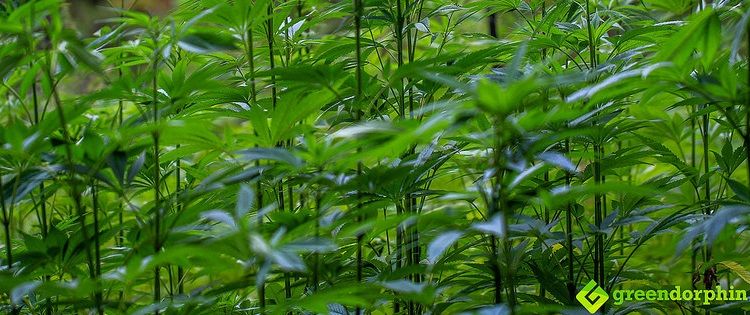The Indian Hemp Drug Commission Report commenced on the 3rd of July in 1893 to study the physical, mental, and moral effects of cannabis.
More than 124 years later, this report is still the most detailed and most comprehensive study ever produced on the effects of the human-cannabis relationship.
The report was initiated to “inquire into the Hemp plant in Bengal, the preparation of drugs from it, the trade in those drugs, the effect of their consumption upon the social and moral condition of the people, and the desirability of prohibiting the growth of the plant and the sale of ganja and allied drugs.”
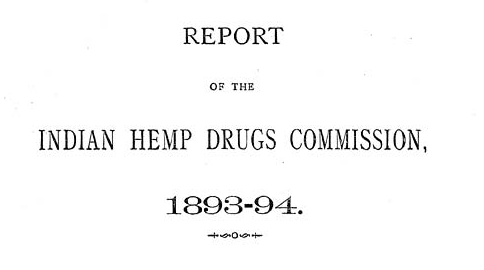
The House of Commons of the United Kingdom was concerned about what effects of hemp had on the mental and physical health of the population in Bengal and the whole of India.
This study looked at and largely answered the big questions that governments around the world are still asking today: The effects of cannabis on mental health, physical health and how it affects crime rates.

Back in those days, the word ‘marijuana’ wasn’t commonly used and hemp did not have as much stigma attached to it, that we can see today after decades of prohibition.
The lack of stigma explains the time and effort that was dedicated to producing such a thorough study that included:
- Evidence from 1193 witnesses (including 335 physicians, 467 civil officers, 144 hemp growers, 75 dealers and many other professions)
- 86 meetings to examine written and oral evidence from the witnesses
- 30 field trips to 8 provinces
- 70 questions given to each witness to address
- The report is massive in size, taking up 7 volumes and 3281 pages.
Cannabis and Mental Health
The Commission was particularly interested to find out about the mental effects of cannabis, as there was a trend to associate insanity with heavy use of ganja. The Commission dedicated several detailed questions to this area and also reviewed all insanity cases that were reported by Indian mental hospitals to be related to hemp drugs throughout the previous year of 1892.
Here is what the Commission concluded in their report on hemp drugs and mental health:
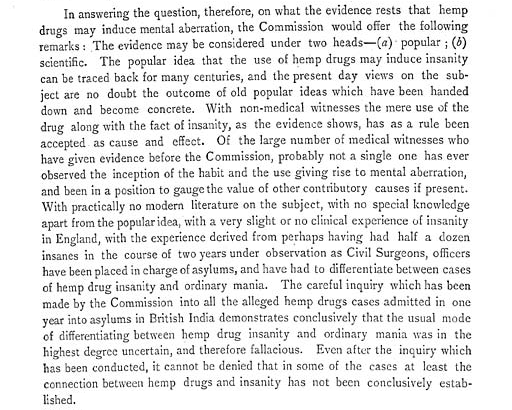
In answering the question therefore, on what the evidence rests that hemp drugs may induce mental aberration, the Commission would offer the following remarks: The evidence may be considered under two heads – (a) popular; (b) scientific. The popular idea that the use of hemp drugs may induce insanity can be traced back for many centuries, and the present day views on the subject are no doubt the outcome of old popular ideas which have been handed down and become concrete. With non-medical witnesses the mere use of the drug along with the fact of insanity, as the evidence shows, has as a rule been accepted as cause and effect. Of the large number of medical witnesses who have given evidence before the Commission, probably not a single one has ever observed the inception of the habit and the use giving rise to mental aberration, and been in a position to gauge the value of other contributory causes if present. With practically no modern literature on the subject, with no special knowledge apart from the popular idea, with a very slight or no clinical experience of insanity in England, with the experience derived from perhaps having had half a dozen insanes in the course of two years under observation as Civil Surgeons, officers have been placed in charge of asylums, and have had to differentiate between cases of hemp drug insanity and ordinary mania. The careful inquiry which has been made by the Commission into all the alleged hemp drug cases admitted in one year into asylums in British India demonstrates conclusively that the usual mode of differentiating between hemp drug insanity and ordinary mania was in the highest degree uncertain, and therefore fallacious. Even after the inquiry which has been conducted, it cannot be denied that in some of the cases at least the connection between hemp drugs and insanity has not been conclusively established.

In respect to the alleged mental effects of the drugs, the Commission have come to the conclusion that the moderate use of hemp drugs produces no injurious effects on the mind. It may indeed be accepted that in the case of specially marked neurotic diathesis, even the moderate use may produce mental injury. For the slightest mental stimulation or excitement may have that effect in such a cases. But putting aside these quite exceptional cases, the moderate use of these drugs produces no mental injury.
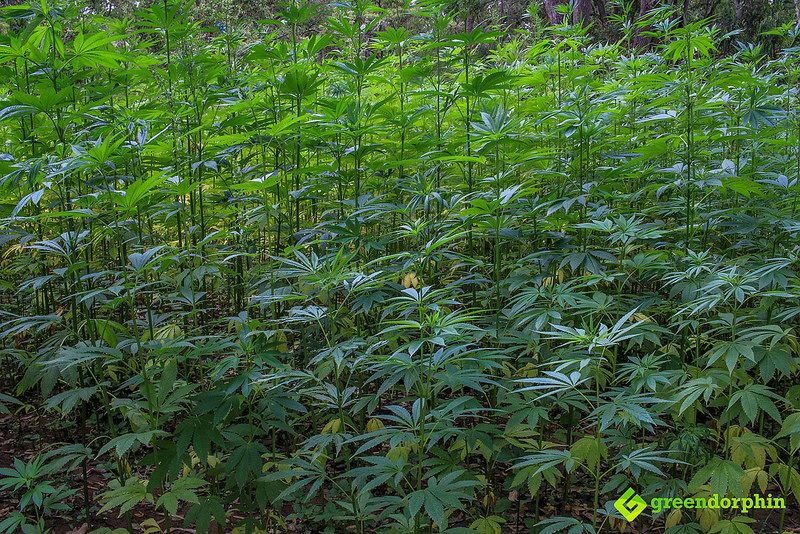
Cannabis and Physical Health
The Commission was determined to find out if cannabis consumption could lead to physical conditions, such as dysentery, bronchitis, and asthma as it was believed by some people at the time.
The conclusion of the report on the effects of physical health is on page 223 is below.
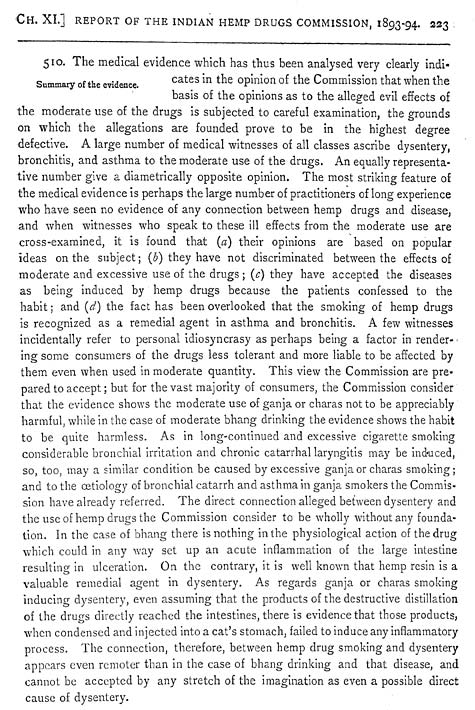
The medical evidence which has thus been analyzed very clearly indicates in the opinion of the Commission that when the basis of the opinions as to the alleged evil effects of the moderate use of the drugs is subjected to careful examination, the grounds on which the allegations are founded, prove to be in the highest degree defective. A large number of medical witnesses of all classes, ascribe dysentery, bronchitis, and asthma to the moderate use of the drugs. An equally representative number give a diametrically opposite opinion.
The most, striking feature of the medical evidence is perhaps the large number of practitioners of long experience who have seen no evidence of any connection between hemp drugs and disease, and when witnesses who speak to these ill effects from the moderate use are cross-examined it is found that (a) their opinions are based on popular ideas on the subject; (b) they have not discriminated between the effects of moderate and excessive use of the drugs; (c) they have accepted the disease as being induced by hemp drugs because the patients confessed to the habit; and (d) the fact has been overlooked that the smoking of hemp drugs is recognized as a remedial agent in asthma and bronchitis.
A few witnesses incidentally refer to personal idiosyncrasy as perhaps being a factor in rendering some consumers of the drugs less tolerant and more liable to be affected by them even when used in moderate quantity. This view the Commission are prepared to accept; but for the vast majority of consumers, the Commission consider that the evidence shows the moderate use of ganja or charas not to be appreciably harmful, while in the case of moderate bhang drinking the evidence shows the habit to be quite harmless. As in long continued and excessive cigarette smoking considerable bronchial irritation and chronic catarrhal laryngitis may be induced, so, too, may a similar condition be caused by excessive ganja or charas smoking; and to the etiology of bronchial catarrh and asthma in ganja smokers the Commission have already referred. The direct connection alleged between dysentery and the use of hemp drugs the Commission consider to be wholly without any foundation. In the case of bhang there is nothing in the physiological action of the drug which could in any way set up an acute inflammation of the large intestine resulting in ulceration. On the contrary, it is well known that hemp resin is a valuable remedial agent in dysentery. As regards ganja or charas smoking inducing dysentery, even assuming that the products of the destructive distillation of the drugs directly reached the intestines, there is evidence that those products, when condensed and injected into a cat’s stomach, failed to induce any inflammatory process. The connection, therefore, between hemp drug smoking and dysentery appears even remoter than in the case of bhang drinking and that disease and cannot be accepted by any stretch of the imagination as even a possible direct cause of dysentery.
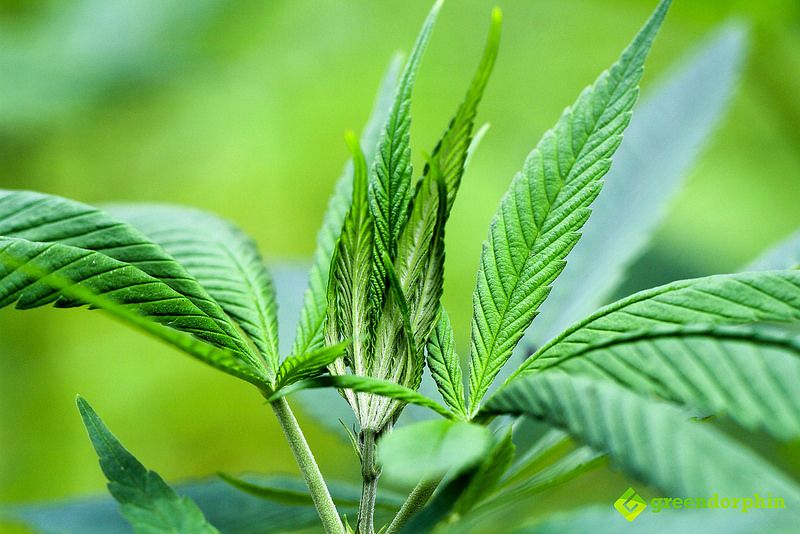
Cannabis and Crime
The Commission also focused on finding out if cannabis use can be linked to crime in any ways. They examined 23 court cases where the crime was connected to cannabis use and where the records were easy to access and clearly traceable.
The conclusion on crime was that preconceived notions based on rumour and tradition seem to distort incidents and their recollections.

Of these twenty-three cases then, the records in not less than eighteen show that the crimes cannot be connected with hemp drugs. There is one case on which doubt is thrown by subsequent discoveries. The connection between hemp drugs and crime is only established in the remaining four.
It is astonishing to find how defective and misleading are the recollections which many many witnesses retain even of cases which they have had special opportunities of being well acquainted. It is instructive to see how preconceived notions based on rumour and tradition tend to preserve the impression of certain particulars, while the impressions of far more important features of the case are completely forgotten.
In some cases, the preconceived notion seems to prevail to distort the incident altogether and to create a picture in the mind of the witness quite different from the recorded facts. Some of the witnesses whose memories have thus failed the are men who might have been expected to be careful and accurate. Their failure must tend to increase the distrust with which similar evidence, which there has been no opportunity of testing, must be received.

The Conclusion of the Report
The conclusion of the Indian Hemp Drugs Commission Report is that it has ‘clearly established’ that moderate, responsible use of cannabis may be beneficial, while excessive abuse of the substance disadvantages the user.
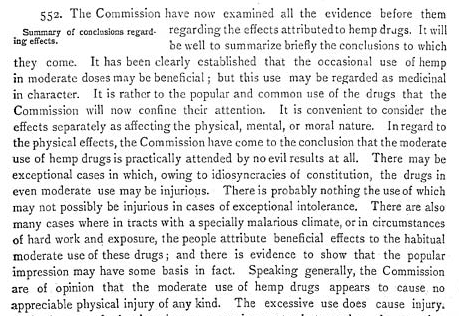
The Commission have now examined all the evidence before them regarding the effects attributed to hemp drugs. It will be well to summarize briefly the conclusions to which they come. It has been clearly established that the occasional use of hemp in moderate doses may be beneficial; but this use may be regarded as medicinal in character. It is rather to the popular and common use of the drugs that the Commission will now confine their attention. It is convenient to consider the effects separately as affecting the physical, mental, or moral nature. In regard to the physical effects, the Commission have come to the conclusion that the moderate use of hemp drugs is particularly attended by no evil results at all. There may be exceptional cases in which, owing to idiosyncrasies of constitution, the drugs in even moderate use may be injurious.
There is probably nothing the use of which may not possibly injurious in cases of exceptional intolerance. There are also many cases where in tracts with a specially malarious climate, or in circumstances of hard work and exposure, the people attribute beneficial effects to the habitual moderate use of these drugs; and there is evidence to show that the popular impression may have some basis in fact. Speaking generally, the Commission are of opinions that the moderate use of hemp drugs appears to cause no appreciable physical injury of any kind. The excessive use does cause injury.
Share your thoughts with our community in the comments section below.
- Bomb Pro Electric Dab Rig Review - April 19, 2024
- How to Use Waxmaid Honey Pen? - April 9, 2024
- How To Choose The Best Electric Dab Rig For Christmas - December 7, 2023

